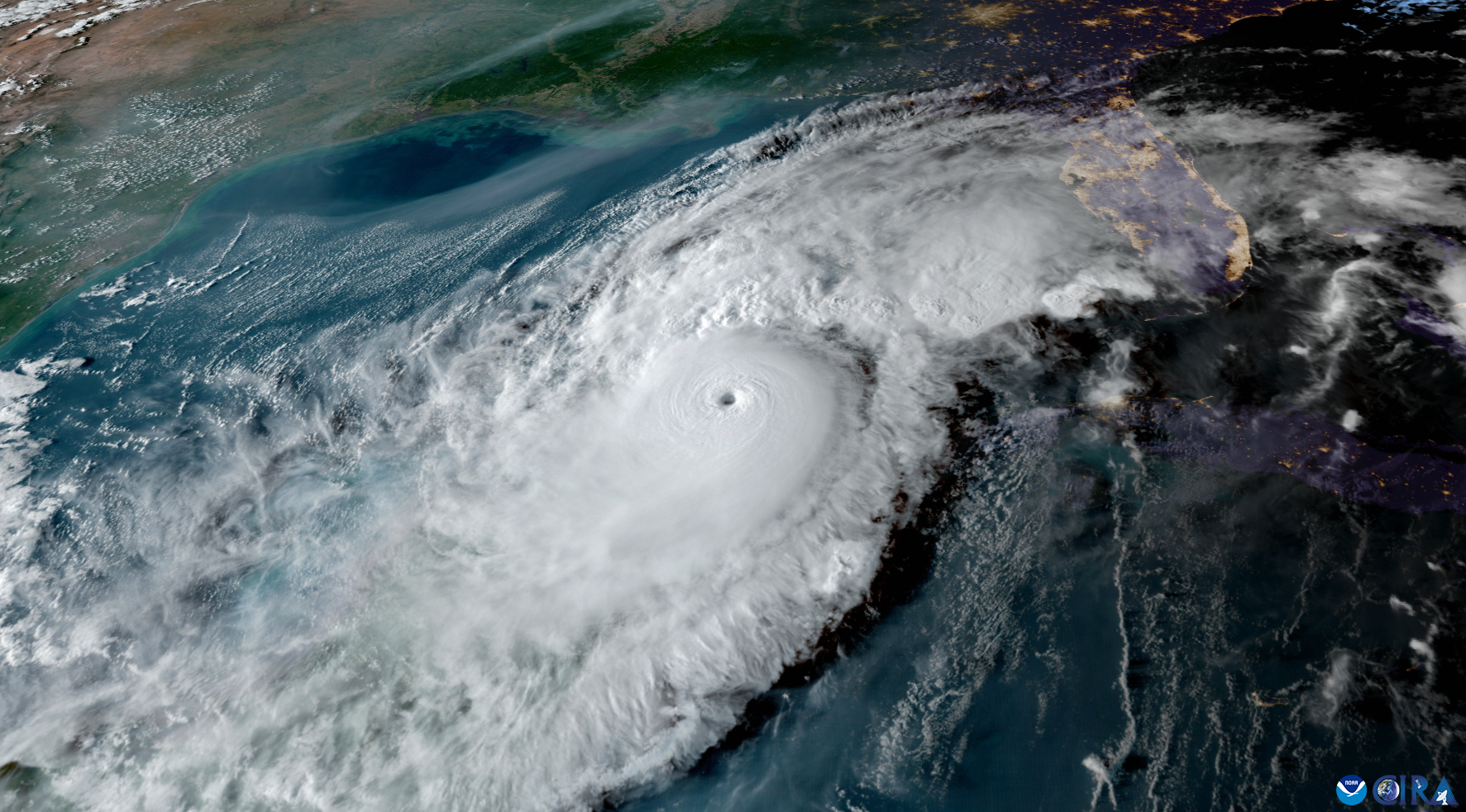With the winter months quickly approaching, employers across all industries must prepare for cold weather hazards resulting from freezing temperatures. According to the Bureau of Labor Statistics, nearly 43,000 workplace injuries and illnesses resulted from falls, slips or trips involving ice, sleet or snow in 2014. Unfortunately, New York and Pennsylvania were two of the states noted as having the highest frequency of claims.
Luckily, businesses can significantly reduce slip-and-fall exposures by taking the appropriate steps to ensure their property is safe for employees and guests. Organizational leadership should consider implementing the below strategies:
- Anticipate weather conditions. Although simple, staying informed on weather reports is the first step to winter safety preparedness. Emergency weather reports and alerts are often broadcasted days prior to storms, providing managers with sufficient time to prepare maintenance staff and ensure all ice, sleet and snow removal procedures are in place.
- Plan removal protocols in advance. In advance of a storm, formal protocols should be determined for shoveling and salting the areas outside of a building so hazardous ice and snow can be removed quickly and efficiently. This safety plan must spell out responsibilities when it comes to salting, shoveling and de-icing parking lots, walkways and stairs. If specific areas are known to be prone to bad weather incidents, these sections should be marked with cones or barricades to prevent employees from taking this route.
- Weather proof the indoors. It’s important for businesses to remember that slip and falls caused by winter weather can occur inside a facility, as well. Puddles and wet floors are often unavoidable after a storm due to employees tracking in snow and moisture. Rugs and mats should be securely placed in front of entrances to help reduce water build-up. Caution signs should be positioned in highly visible areas, alerting employees to the potential danger.
Winter weather is unpredictable and can result in serious workplace injuries. If an accident does occur, businesses must ensure that they have a full-service claims team designated to handle the issue. This team should include a risk manager, broker claims consultant, carrier claim representative and defense counsel – the individual expertise of each team member will help to ensure that all incidents are handled in an appropriate manner at every step of the way.
Employers who understand the perils associated with ice, sleet and snow can proactively take steps to protect their employees – and their business. Because the risks associated with each individual property are unique, insurance brokers will play an important role in working with company leadership to identify the right safety precautions and create customized procedures in advance of the cold weather.
Philadelphia, PA, 19102







EB.jpg)